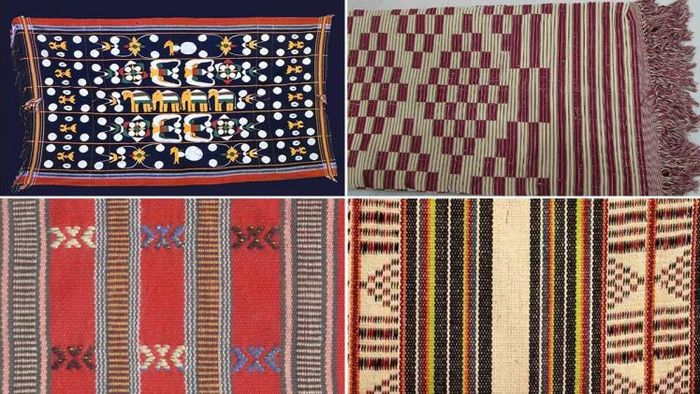4 handmade textiles of Northeast India find mention in UNESCO report
The Lepcha is a Sikkim-made textile distinguished by elaborate, vivid stripes and designs. It is made of cotton and wool. It is in decline because people's shifting tastes have caused them to reject the traditional dresses where it is frequently worn.

- Oct 05, 2022,
- Updated Oct 05, 2022, 2:56 PM IST
In a report by the United Nations Educational, Scientific, and Cultural Organization (UNESCO), four handcrafted textiles from Northeast India are included. Lasing phee, saphee lanphee, lepcha, and risha are among the textiles on the list, which is titled "Handmade for the 21st Century: Safeguarding Traditional Indian Textiles."
From conception to completion, the process of making these materials might take months or even years, and it cannot compete with commercial enterprises. According to the survey, a number of crafts are in danger of disappearing completely. These findings highlight the critical need for careful inventory and management of these handcrafted marvels in order to ensure their preservation.
The Lepcha is a Sikkim-made textile distinguished by elaborate, vivid stripes and designs. It is made of cotton and wool. It is in decline because people's shifting tastes have caused them to reject the traditional dresses where it is frequently worn.
The Lasing Phee textile from Manipur is an incredibly warm quilt that is handwoven on a loom by weavers and filled with cotton batting. The primary cause of this textile's oblivion is a lack of communication with both domestic (markets inside the nation, outside of Manipur), as well as international, markets.
The ladies of the Meitei ethnicity of Manipur weave and embroider the traditional shawl known as the Saphee Lanphee. This one is in danger of extinction since so few people devote their time to weaving and embroidery.
Tribal women in Tripura weave the Risha textile, which varies among clans in terms of designs, hues, and motifs. The gradual but continuous substitution of Risha with ready-made, simple-to-wear blouses rather than unstitched draped material has contributed to the downfall of this textile craft. As education and lifestyle choices have impacted local traditional knowledge systems, fewer women are choosing to learn how to weave.